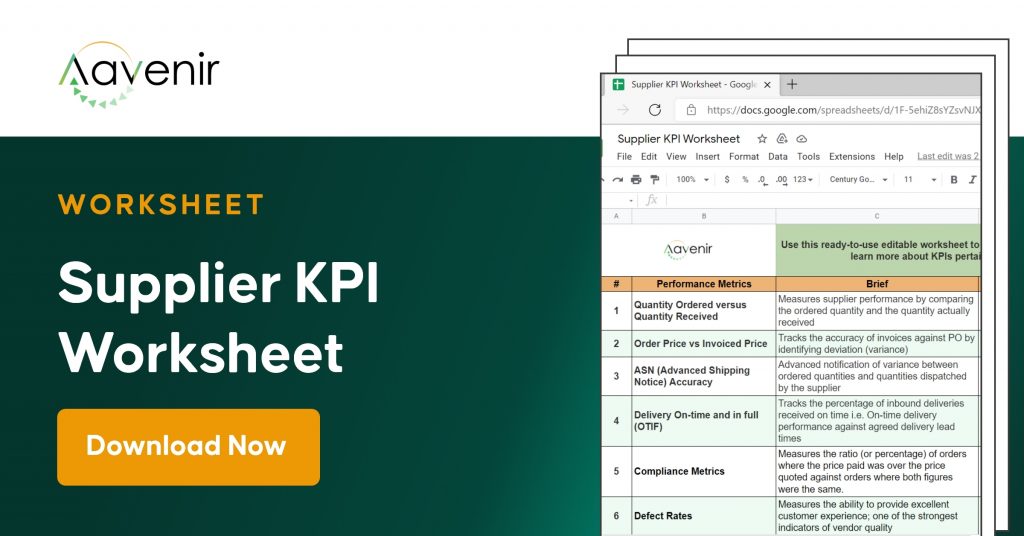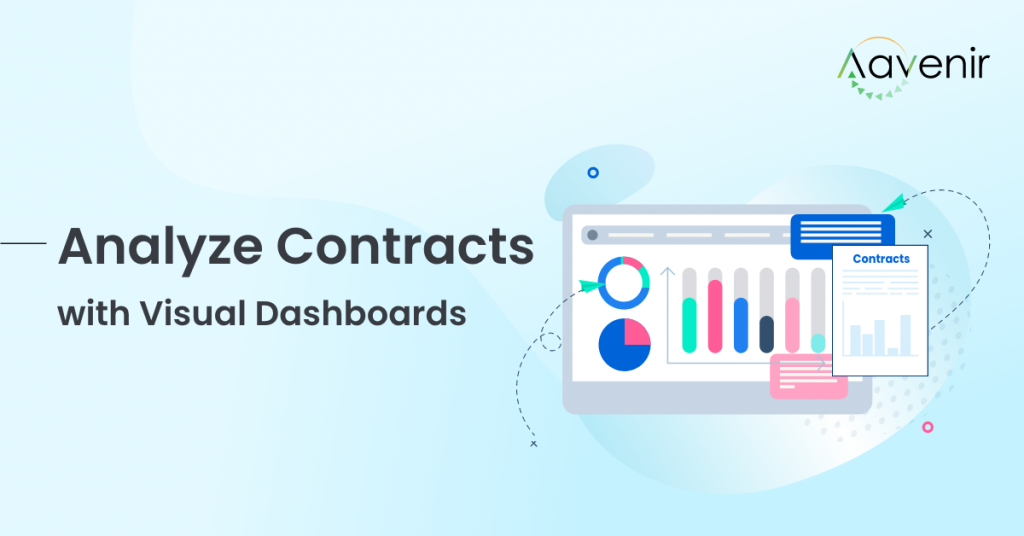What is Agile Reporting?- Definition
Agile reporting is a method for assessing and distributing information about a company using specialized software and reporting methodologies. Many businesses use agile reporting to evaluate their performance since it allows them to measure progress and communicate updates with stakeholders in many different ways.

There are two types of agile reports, the first analyses how to share project details and progress with people who aren't involved in the production process. The second type of Agile report focuses on more detailed data and gives analysis that team members may use to drive future decisions, such as budget creation and deadline setting.
What is the Importance of Agile Reporting?
Agile reporting is essential for various reasons, including the ability it provides project managers to convey project status to persons who aren't involved in the project. This is especially useful for firms that complete projects for stakeholders on a regular basis since they can utilize an agile report to keep everyone who might be interested in a project up to date on how things are going. Another reason agile reporting is useful is that it ensures that everyone on a team receives the same information about a project.
For example, a team could generate an agile report to identify how much work they generally finish in a given period of time, then use that knowledge to set new deadlines based on their progress patterns and share them with all members. Aside from the apparent benefit of visibility, reports can assist you in making informed choices in the future. This is especially important for an agile team whose philosophy emphasizes the inspect-and-adapt approach. Reports play a crucial role in applying empiricism, a core principle of the Scrum framework.
For any organization, there are two types of reporting. The first provides visibility throughout the entire product, giving someone who isn't in constant contact with the team a fast overview of your progress. It's all about the larger picture. The second type provides a more thorough analysis and has an immediate impact on team decisions.
Building and monitoring reports is an essential activity that every team knows, whether they're an agile team, a traditional team, or somewhere in between. There are usually some reports that no one knows what they're for. Perhaps it's a template, or maybe it's what the last person did. So it's critical to focus on the correct agile metrics that improve your product's success rather than just adding reports without question.
Why are Agile Reports Need of the Hour?
Most companies still use an annual or half-yearly planning cycle to meet their goals. In the case of IT, this entails completing and approving a backlog of IT work at the start of the year. You're probably aware of the plethora of reports that start at the project level and work their way up to the program, department, and finally, the IT enterprise level for your line of business throughout the year.
Agile reporting does not require many hours or days of work. Almost all Agile reports may be configured once and then generated on-demand in seconds or minutes, depending on the level of tooling utilized by your team. Spend effort early in the project defining the metrics you'll need to report on. Take the effort to create the Agile dashboards required to successfully capture these KPIs. After then, everything is child's play.
Explore Additional Resources To Know More




